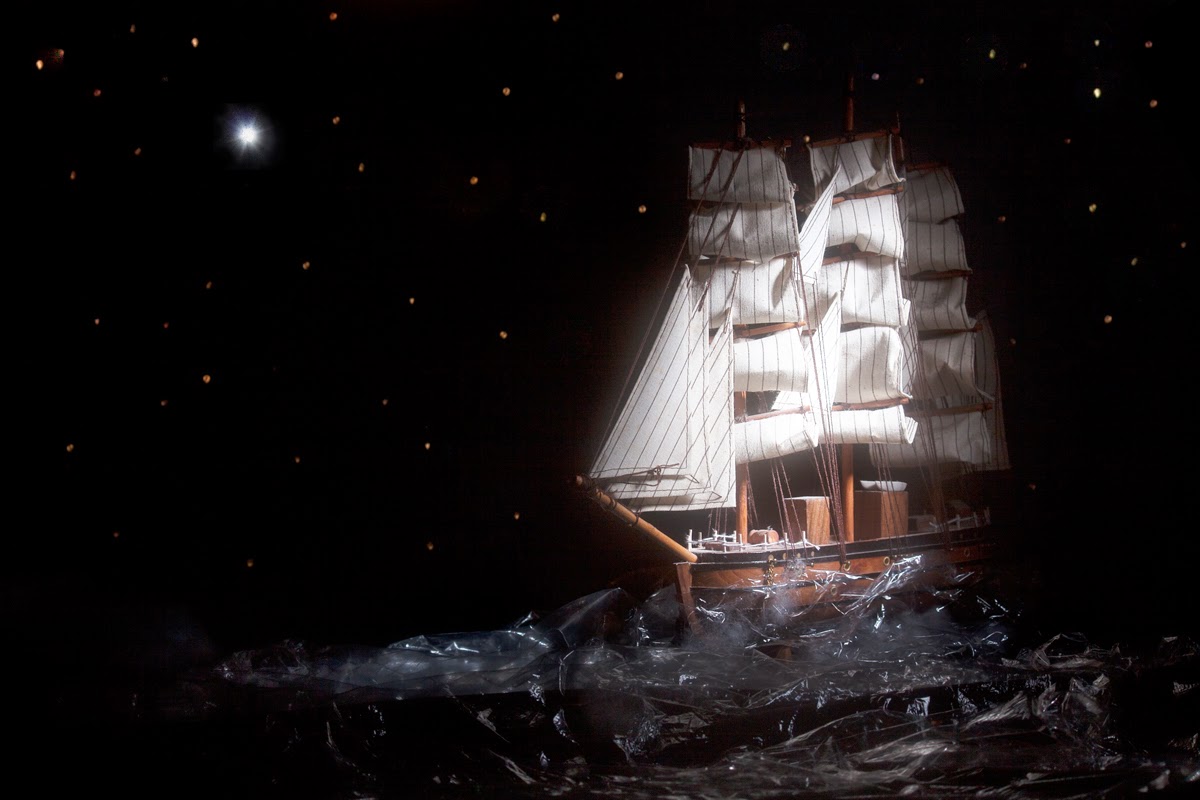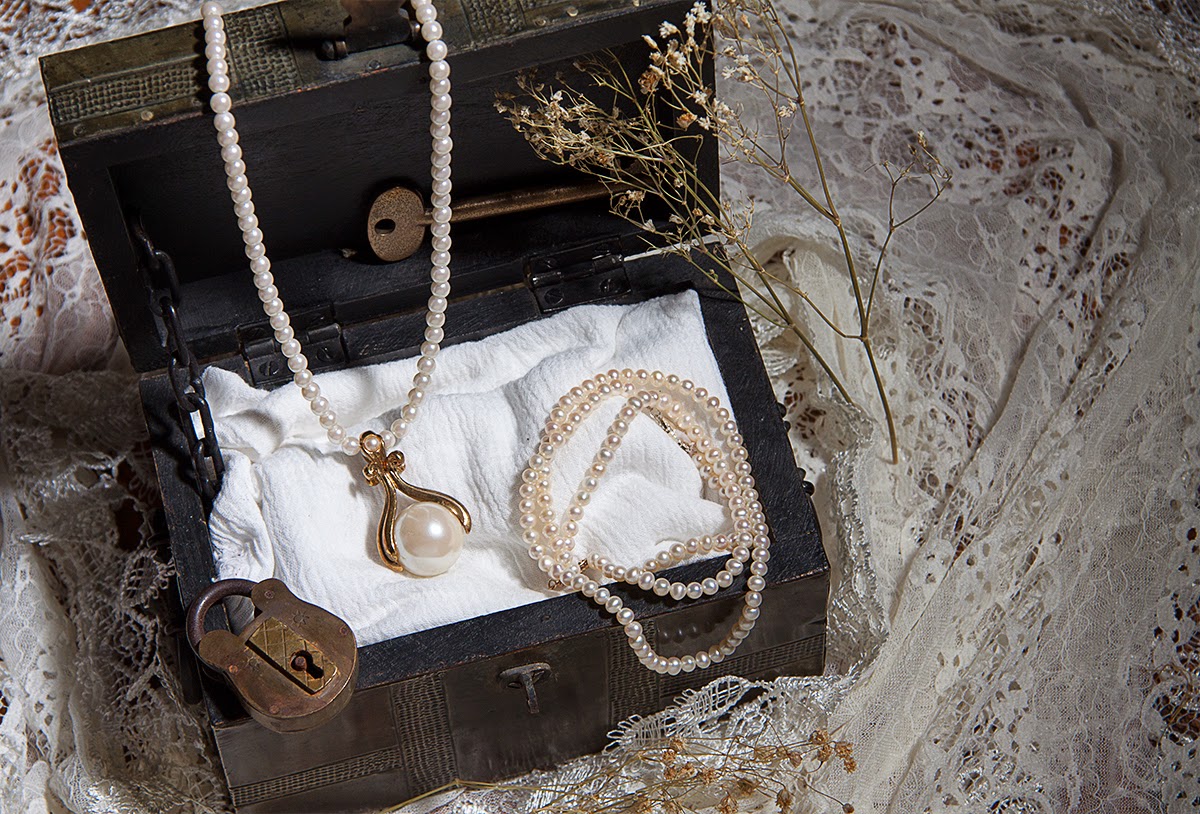We will be printing many of your pictures in this class. Here are recommended papers. Please stick with Epson to ensure compatibility with our printers. The standard, required, size is letter, but if you prefer larger paper, the printers will accommodate up to 13" x 19"
Choose matte or glossy. You only need one kind, your choice. But having both can be nice, if you want.
Ultra Premium Presentation Matte:
http://www.bhphotovideo.com/c/product/203721-REG/Epson_S041341_Ultra_Premium_Presentation_Paper.html
Ultra Premium Glossy Photo:
http://www.bhphotovideo.com/c/product/543611-REG/Epson_S042175_Ultra_Premium_Glossy_Photo.html
Image of the Week, 10/13

Image of the Week, 10/13: Chi Pan
Wednesday, August 27, 2014
hot shoe sync/pc connection
If your camera does not have a PC outlet, you will need to buy one to operate the strobe lights in the studio. Please order it now.
A PC sync outlet looks like this:

This is the kind that will generally work with our strobes. For Canon, Nikon, Pentax
http://www.paulcbuff.com/hsa.php
For Sony/Minolta:
http://www.bhphotovideo.com/c/product/765451-REG/Vello_HSA_CSC_Hot_Shoe_Adapter_to.html
A PC sync outlet looks like this:
This is the kind that will generally work with our strobes. For Canon, Nikon, Pentax
http://www.paulcbuff.com/hsa.php
For Sony/Minolta:
http://www.bhphotovideo.com/c/product/765451-REG/Vello_HSA_CSC_Hot_Shoe_Adapter_to.html
Monday, August 25, 2014
Active/Passive, Part 1
Which of the images above displays active light? Passive? Why?
Due Wednesday, 8/27, end of class.
Choose a single subject. It should be easily portable and of solid, non-reflective material. Avoid glass bottles and similar shiny objects for now, as these can be more difficult to work with.
Choose a single subject. It should be easily portable and of solid, non-reflective material. Avoid glass bottles and similar shiny objects for now, as these can be more difficult to work with.
Using a single hot-light, create pictures of your object on an appealing background that features the two distinct qualities of light, active versus passive. Shoot enough variations so that you arrive at some images that can stand on their own as strong photos.
Like the examples above, for a given composition, have both active and passive versions. The only difference between the two should be the quality of light. So for each composition you will have a pair of images, one active, one passive.
Be sure to use a light meter to ensure correct exposure.
Like the examples above, for a given composition, have both active and passive versions. The only difference between the two should be the quality of light. So for each composition you will have a pair of images, one active, one passive.
Be sure to use a light meter to ensure correct exposure.
- Active Lighting—where the light itself becomes a "lead character" in the drama. Think: "light event." Use hard, direct lighting and shadow play.
- Passive Lighting—where the light simply reveals the subject and doesn't draw much attention to itself. Here the light is more of a "supportive character," rather than the "lead". Use soft diffuse lighting. Remember, hard, direct light can be softened with things like tracing paper.
Tuesday, August 19, 2014
Welcome
What is the "Meaning of Light?"
The course will present foundational skills in photographic studio lighting. Both natural and artificial light sources will be explored for producing aesthetically and conceptually engaging artworks. A wide range of applications will be explored including still life, portraiture, classic lighting problems, and open creative projects. Experimentation and improvisation are highly encouraged. Topics will reference both historical precedents and contemporary practices. The course will culminate with a portfolio of work.
Subscribe to:
Comments (Atom)
































